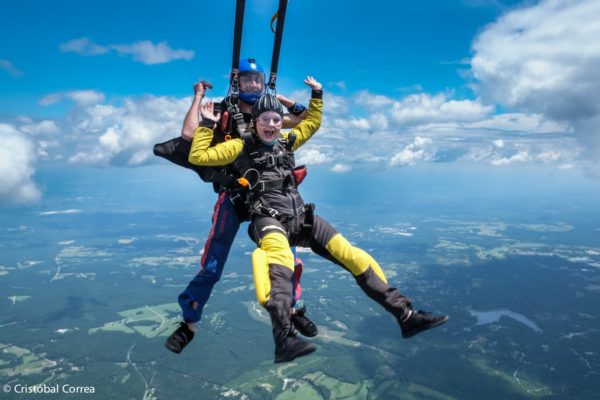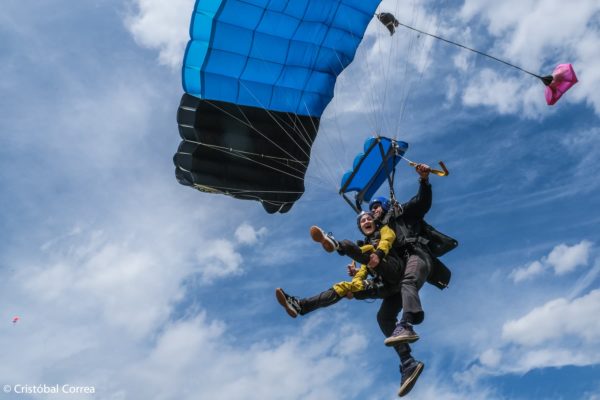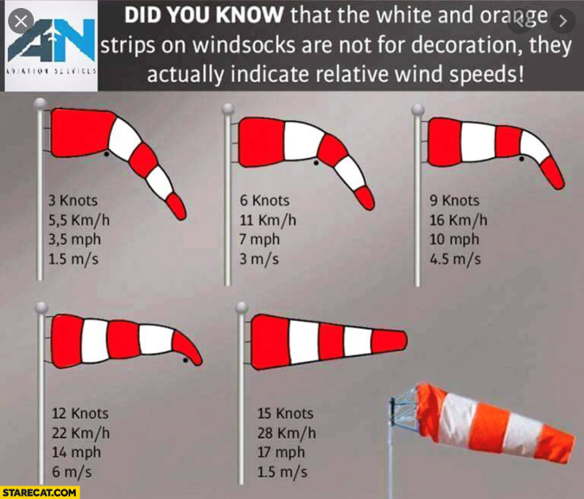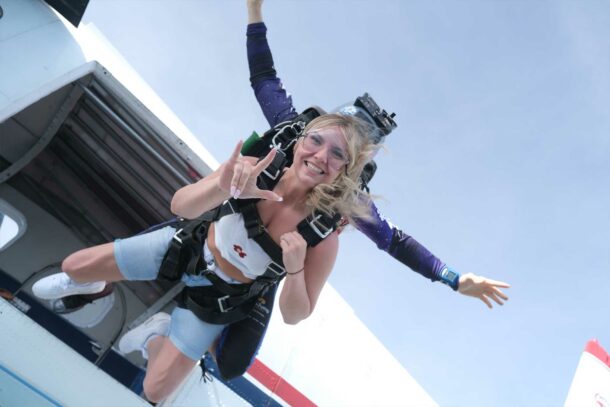Wind Conditions For Skydiving
Wednesday, March 11, 2020
Skydiving and Wind Conditions
Imagine – a beautiful bluebird kind of day, not a cloud in the sky and the sun gloriously shining down, and you show up to Skydive Carolina to make your skydive only to hear, “We are on a weather hold.” A weather hold on a beautiful day like this? Skydiving in is a weather dependent sport, so obvious conditions like clouds, and rain affect the ability to skydive, but what else? Here we will unveil all the things about wind conditions for skydiving.

HOW WINDY CAN IT BE TO SKYDIVE?
It can be frustrating to show up to skydive on a blue-sky-kind-of-day and not be able to jump. The winds are a weather phenomenon we respect in the sport of skydiving. Depending on your experience, certain wind conditions can mean certain things to you. Let’s break it down.
Here at Skydive Carolina, we use our national organization – United States Parachute Association’s – guidelines and our own intuition to help guide us on the wind conditions for skydiving.
Student Skydivers Wind Limits
If you are a solo student skydiver (generally in our Advanced Freefall Program or an unlicensed skydiver), the USPA Basic Safety Requirements state that wind limits are 14 miles per hour. This is the most strict limit as student skydivers are still learning the flight and landing characteristics of the parachute.
Licensed Skydivers Wind Limits
The USPA Basic Safety Requirements do not have a published wind limit. Rather it states it’s unlimited. However, if there is a scenario where winds are a concern, we, Skydive Carolina, may enforce our own wind limits based on a jumpers experience.
Tandem Skydivers Wind Limits
There are no published wind limits for tandem skydiving and is usually the discretion of the tandem instructor and skydiving center.

WIND CONDITIONS FOR SKYDIVING
Even though there are published wind limits for skydiving and jumper’s discretion for licensed skydivers, there are other wind conditions to consider. Although we’ve gotten pretty good at predicting the weather, we still cannot guarantee it. The wind is as fickle as cloud coverage in the sky as it is caused by different atmospheric pressures resulting in various wind speeds and directions.
This means that wind can come from any direction – and that matters. When winds travel over obstacles, it creates wind vortices that cause turbulence. When wind can travel over a smooth surface for a greater distance, the chances of turbulence are less. So even if there is a published wind limit, if winds are coming over any obstacles, we may enforce a stricter wind limit for everyone’s safety.
Wind speed is also another factor. Sometimes during the changing of the seasons, we experience a lot of wind. When the wind is smooth and constant, it is less of an issue, but when there are calm winds and sudden gusts, it makes canopy flight more turbulent and challenging to guide and land the parachute.
HOW TO MEASURE WIND SPEED
Ok, so we now know there are certain wind conditions for skydiving, but how does one measure the wind speed? We are fortunate with several bits of technology old and new to determine the speed of the wind.
Windsocks
Windsocks are designed not only to tell the direction of the wind but the speed. Certain size windsocks determine the speed when fully inflated. For example, if a 20 mph windsock is fully inflated, we can assume the wind speeds are 20 mph or greater.

ANEMOMETER
A device to measure wind speeds. This instrument may be handheld into the wind. This device will read wind speed and gusts and is a very common device used at skydiving centers.

AWOS
Automated Weather Observation System. This is a service provided by airports in surrounding areas and reads out the most current weather report, including winds. This is a great resource but not always accurate as it reports in different regions.
Using this information coupled with experience, we will make a weather call. These weather calls could place us on a hold until conditions improve (AKA ‘weather hold).
Skydiving is a wonderful sport with a lot of weather conditions to consider. We are here to guide you on a safe and enjoyable experience. If you have questions about skydiving weather or are ready to make the leap, CONTACT US today!
Related Article: When is the Best Time to Skydive
Copyright © 2024, Skydive Carolina, All Rights Reserved.
DropZone Web Design & Marketing by Beyond Marketing, LLC





